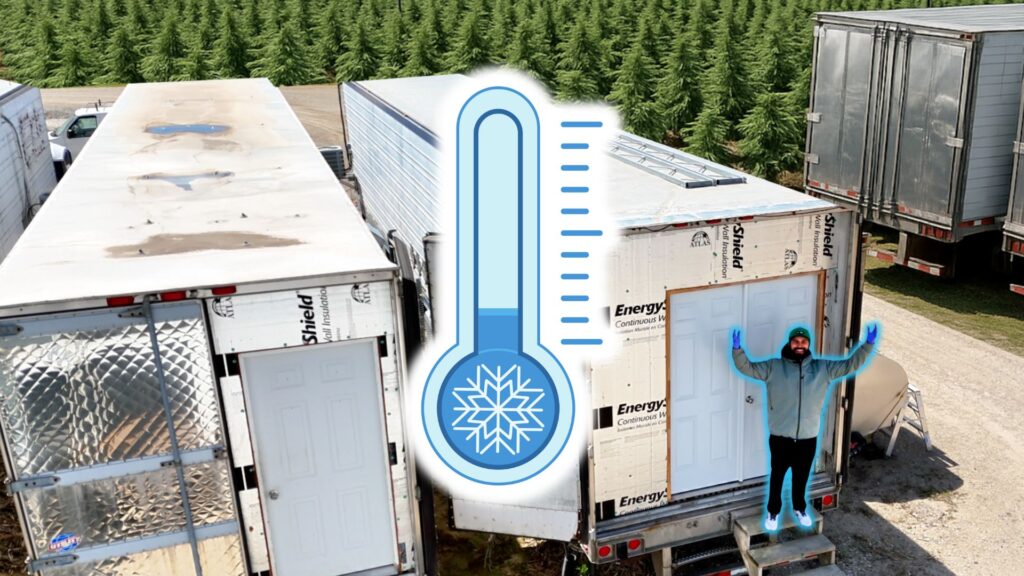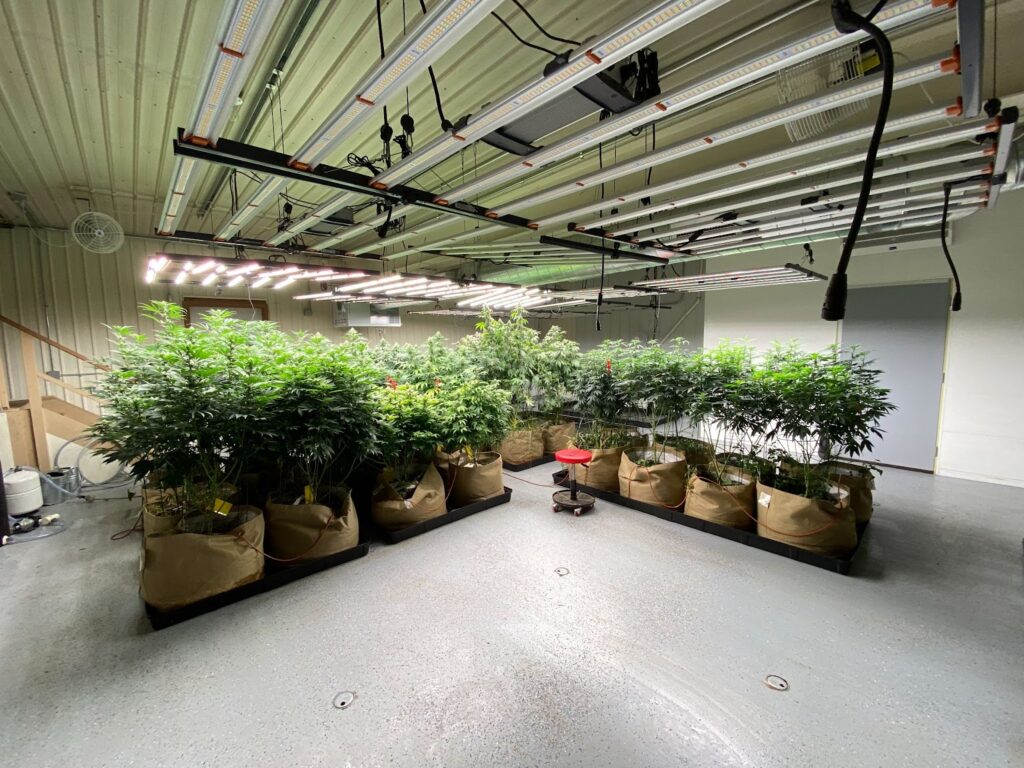In this experiment, we explored how decarboxylation conditions affect the chemical composition of hash rosin by manipulating temperature and duration as follows:
- Control Group (No Decarb)
- Low & Slow(sealed): Sealed vial at 160°F for 142 hours.
- Hot & Fast(sealed): Sealed vial at 240°F for 10 hours with a lid.
- Hot & Fast (open vial): Open vial at 240°F for 10 hours without a lid.
The results can be seen below:
| Compound %wt | Control | 160f lid | 240f lid | 240f no lid | |
| Cannabinoids | THCA | 79.5896 | 3.9467 | 8.1872 | 14.8435 |
| THC | 1.1619 | 71.1721 | 66.1891 | 56.9531 | |
| THC/THCa sum | 86.2669 | 75.1188 | 74.3763 | 71.7966 | |
| Terpenes | Trans-caryophyllene | 1.886 | 2.0128 | 2.054 | 1.9374 |
| Farnesene | 1.2566 | 1.3629 | 1.3783 | 1.2531 | |
| (R (+)-Limonene | 0.6883 | 0.7719 | 0.7649 | 0.367 | |
| Alpha-Humulene | 0.4984 | 0.5387 | 0.5447 | 0.5194 | |
| Linalool | 0.4252 | 0.4541 | 0.4661 | 0.4029 | |
| Beta-Myrcene | 0.3138 | 0.3279 | 0.3286 | 0.1203 | |
| Alpha-Bisabolol | 0.1312 | 0.158 | 0.1551 | 0.1572 | |
| Caryophyllene Oxide | 0.1214 | 0.025 | 0.0365 | 0.352 | |
| Beta-Pinene | 0.0869 | 0.025 | 0.0445 | 0.025 | |
| Alpha-Terpineol | 0.0748 | 0.091 | 0.0885 | 0.0772 | |
| Alpha Pinene | 0.066 | 0.1423 | 0.1236 | 0.0451 | |
| (R-Endo-(+)-fenchyl alcohol | 0.0604 | 0.0777 | 0.0741 | 0.0652 | |
| trans-Nerolidol | 0.0571 | 0.0642 | 0.0637 | 0.0626 | |
| Total Terpenes | 5.6661 | 6.0515 | 6.1226 | 5.3844 |
Weight loss Analysis:
The following table shows the loss of mass observed due to the decarb reaction.
| Test Group | Input Weight (g) | Output Weight (g) | Loss (g) | Theoretical CO2 loss (g) |
| 160f lid | 4.013 | 3.643 | 0.37 | 0.37 |
| 240f lid | 2.091 | 1.931 | 0.16 | 0.18 |
| 240f no lid | 2.088 | 1.907 | 0.18 | 0.16 |
The observed losses are nearly identical to the theoretical loss expected due to CO2 off gassing for the 160f lid group. Whereas, the 240f lid group falls a bit short, however this is expected because the decarb reaction was not fully complete. The 240f no lid group overshot expectations, suggesting that loss was attributed to more than just CO2 off gassing.
Cannabinoid Analysis:
The following table presents the cannabinoid composition, expressed in percentage weights, for the control and various test conditions:
| Compound | Control (%wt) | 160°F with lid (%wt) | 240°F with lid (%wt) | 240°F without lid (%wt) |
| THCa | 79.59 | 3.95 | 8.19 | 14.84 |
| THC | 1.16 | 71.17 | 66.19 | 56.95 |
| Sum of THC & THCa | 86.27 | 75.12 | 74.38 | 71.80 |
The results reveal variance in reaction completeness among the different setups. Specifically, the 160°F condition with a lid achieved the highest degree of conversion(THCa consumed by the reaction) at 95%, followed by the 240°F condition with a lid at 90%, and the 240°F condition without a lid at 85%. Additionally, there are notable differences in the sum of THC and THCA across the test conditions, with the unlidded 240f sample showing a slightly lower value that the lidded groups which were similar.
These findings suggest that a sealed environment may play a crucial role in driving the decarb reaction. The presence of a lid creates internal pressure due to the off gassing of CO2, the resulting pressure seems to aid in both the conversion of THCA to THC as well as retention of these compounds, highlighting the importance of maintaining a pressurized environment to optimize the decarboxylation processes.
Terpene Results:
The following table highlights the changes in terpene composition, expressed as percentage differences from the control, across different decarboxylation setups:
| Compound | 160f lid, percent difference | 240f lid, percent difference | 240f no lid, percent difference |
| Trans-caryophyllene | -3% | 1% | -5% |
| Farnesene | -2% | 1% | -8% |
| (R) (+)-Limonene | 2% | 3% | -51% |
| Alpha-Humulene | -2% | 1% | -4% |
| Linalool | -3% | 1% | -12% |
| Beta-Myrcene | -5% | -3% | -65% |
| Alpha-Bisabolol | 9% | 9% | 11% |
| Caryophyllene Oxide | -81% | -72% | 168% |
| Beta-Pinene | -74% | -53% | -73% |
| Alpha-Terpineol | 10% | 9% | -5% |
| Alpha Pinene | 96% | 73% | -37% |
| (R-Endo-(+)-fenchyl alcohol | 17% | 13% | 0% |
| trans-Nerolidol | 2% | 3% | 1% |
| Total Terpenes | -3% | 0% | -12% |
These results underscore the beneficial impact of a sealed environment on terpene preservation. Both lidded setup showed minimal terpene loss and in some cases, slight gains, which contrasts sharply with the substantial losses observed in the unsealed 240°F setup. The exception to this being that Caryophyllene Oxide surged by 168% in the unsealed setup, an anomaly potentially indicative of chemical transformations influenced by exposure to open air at high temperatures.
The 160°F with lid setup, despite its lower temperature, did not always result in superior terpene retention compared to the 240°F with lid setup, challenging the assumption that lower temperatures universally preserve terpenes better.
These findings suggest that while decarboxylation temperature is critical, the duration and the maintenance of a closed environment are equally vital, probably due to the effect of internal pressure on terpene boiling points. The outcomes indicate potential for further optimization of decarboxylation parameters to enhance both cannabinoid conversion and terpene retention.











